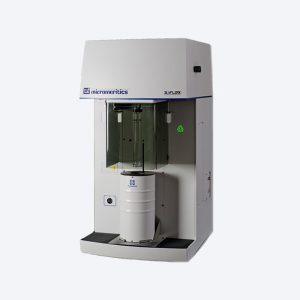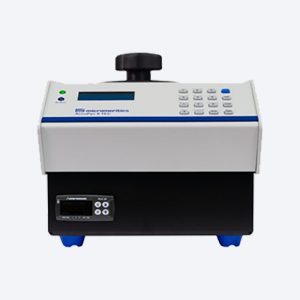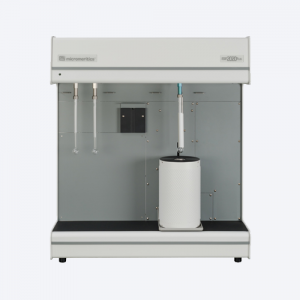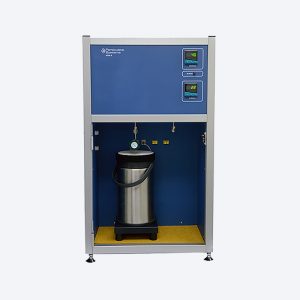3Flex Physisorption
High Resolution, High-throughput Physisorption and Chemisorption Instrument
Recognized as the most advanced instrument in the field for material surface characterization. The 3Flex has become a crucial tool for providing high resolution adsorption, desorption, isotherms to advance and validate fundamental understanding into development of methodologies and process improvements.





